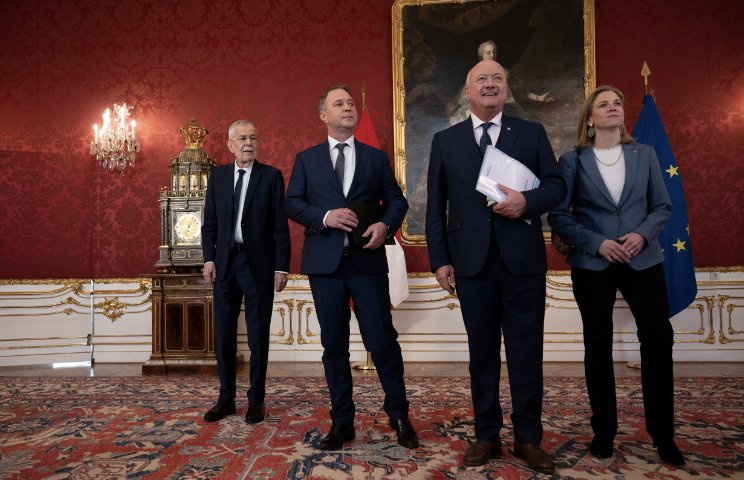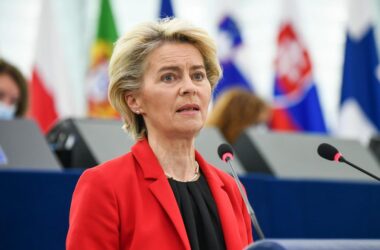Austria is on the verge of forming a new globalist center, right, and left government, with the People’s Party (ÖVP), the Social Democrats (SPÖ), and the liberal NEOS party nearing a coalition deal. An official announcement could come this week.
ÖVP leader Christian Stocker expressed optimism on February 22nd, stating that common ground had been reached and a coalition agreement was within grasp.
Much like Germany’s anticipated grand coalition of center-right and center-left parties, Austria appears set to be governed once again by the political establishment—despite clear voter dissatisfaction.
Right-wing Freedom Party (FPÖ) leader Herbert Kickl didn’t hold back, warning that instead of real change, Austria faced more debt, soaring inflation, and continued mass migration. His party had won September’s national elections with a strong anti-immigration stance but was ultimately shut out of power. Attempts at both a three-way and a two-party coalition failed, leaving FPÖ on the sidelines.
With nearly 150 days since the election, Austria is poised to break records for the longest government formation period.
The Social Democrats’ return to power—having last governed alongside the ÖVP from 2007 to 2017—signals a likely revival of high taxes, strict climate policies, and pro-migration measures, policies many voters had rejected. Their insistence on new wealth and inheritance taxes had previously derailed coalition talks.
Public demand for change has only grown stronger. Recent polls suggest FPÖ’s support has surged to 34%, up from the 28% it secured in September’s elections.




